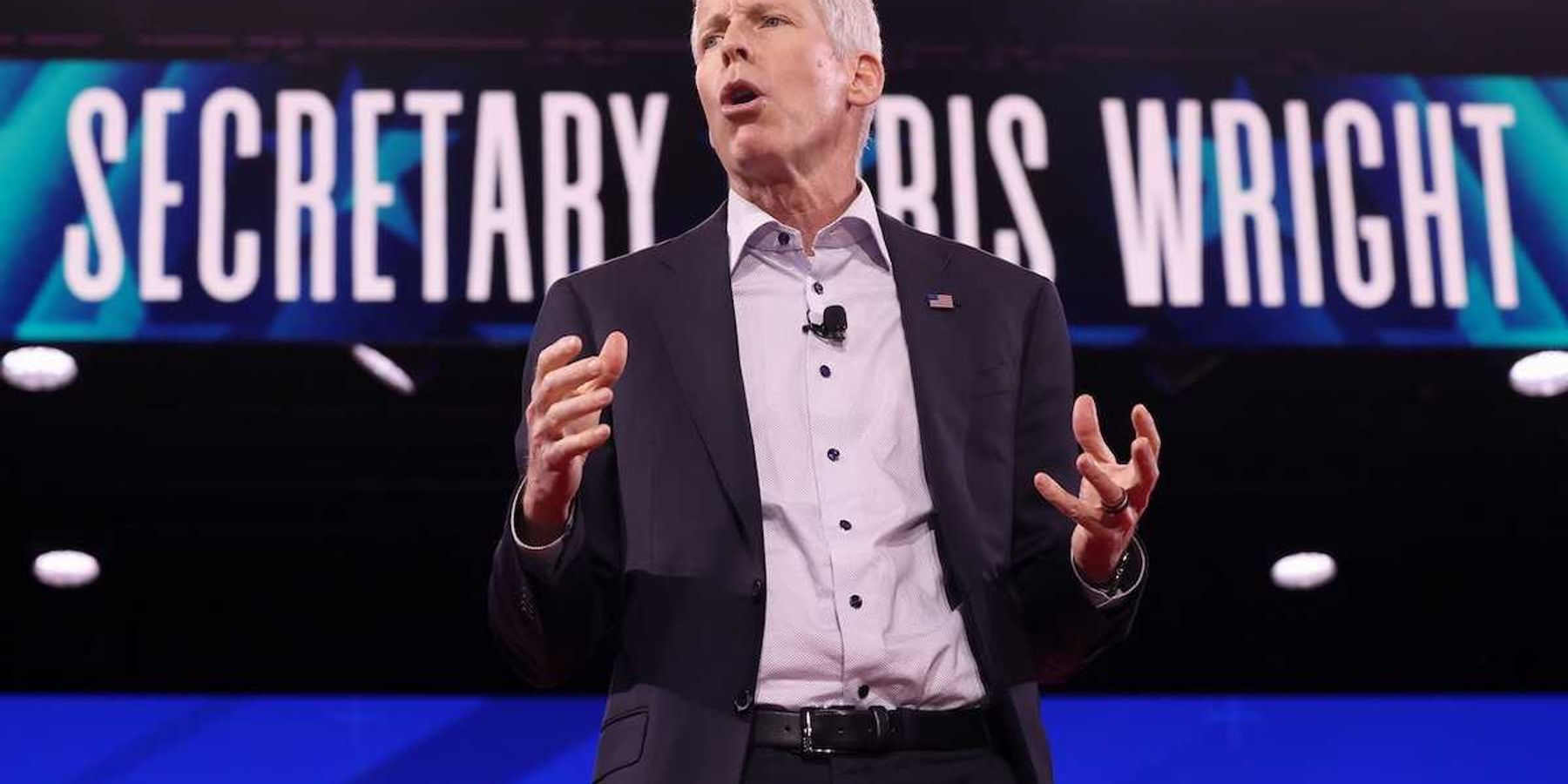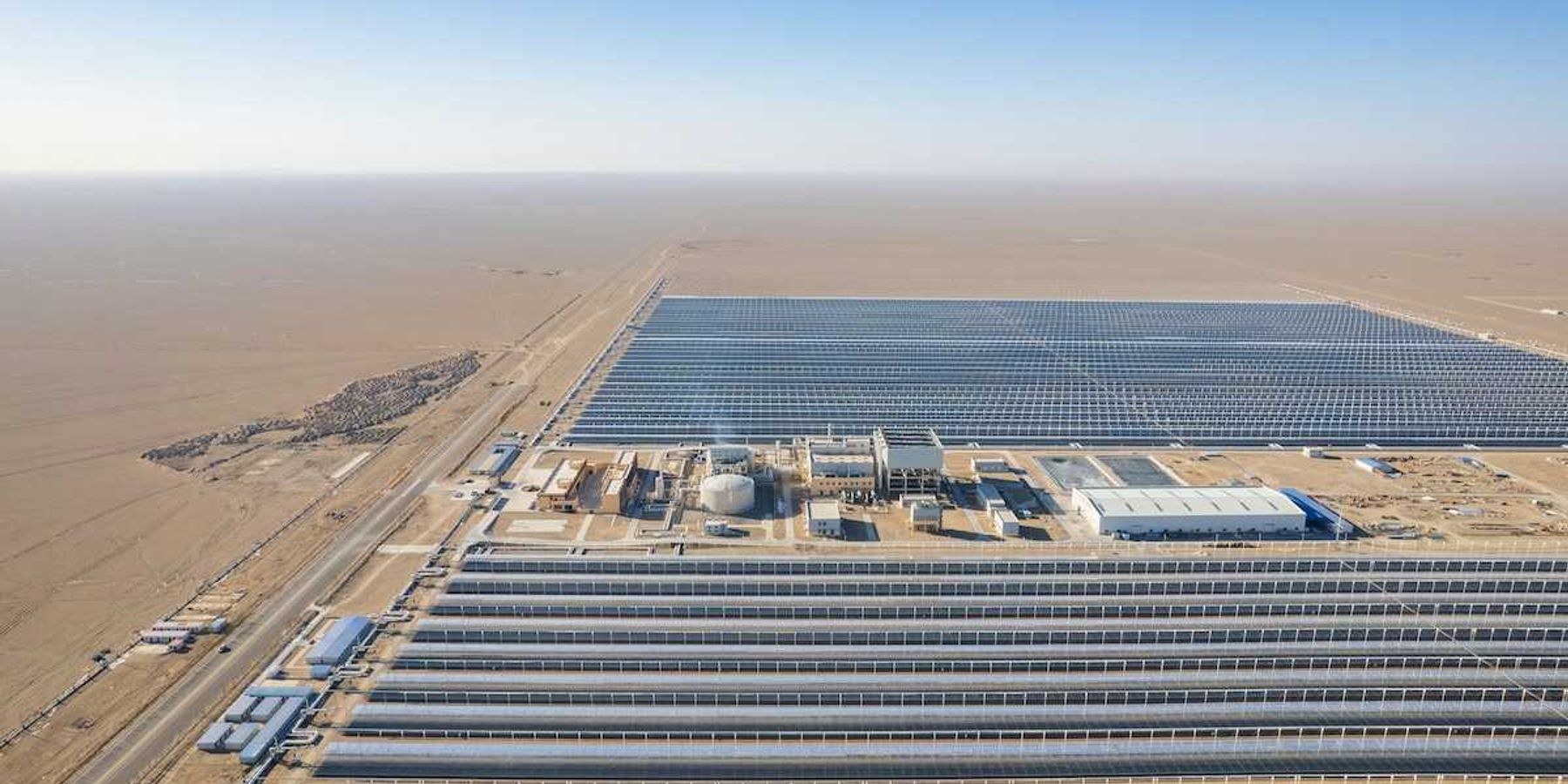Paris Olympics go green with ambitious environmental goals
The Paris Olympics aim to halve their carbon footprint by leveraging existing infrastructure and focusing on sustainable practices.
Somini Sengupta and Catherine Porter report for The New York Times.
In short:
- The Paris Olympics plan to cut greenhouse gas emissions by 50% compared to past games by using existing city landmarks, promoting plant-based dining, and reducing reliance on fossil fuels.
- Solar panels on the Seine and a preference for repurposing over new construction mark a shift toward environmental sustainability for the event.
- Concerns arise over non-traditional cooling methods at the athletes' village, challenging teams to "trust the science."
Key quote:
"We set for ourselves ambitions that have never been set for any event before, let alone have this scale."
— Georgina Grenon, director of environmental efforts for the Paris Olympics
Why this matters:
The Olympic Games, a global spectacle celebrated for fostering unity through sports, also casts a significant shadow on the environment, notably through greenhouse gas emissions. These emissions stem from various sources: the construction of venues, transportation of athletes and spectators, and the day-to-day operations during the events.













